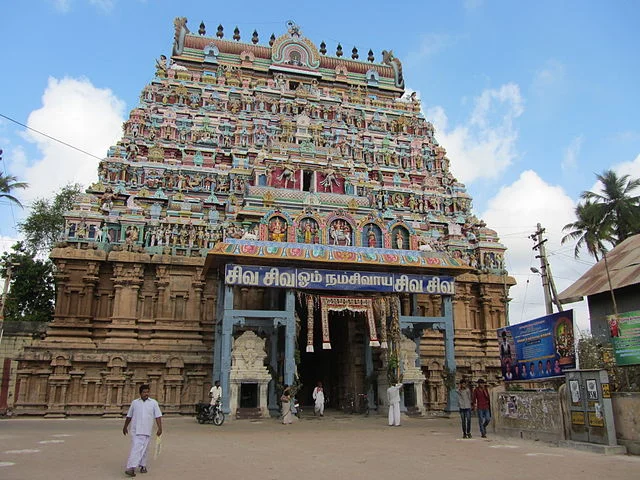Kampaheswarar Temple, located in the town of Thirubhuvanam in Tamil Nadu, India, stands as a significant architectural and religious site in the Tamil Nadu region. Built during the reign of the Chola dynasty, this temple is dedicated to Lord Shiva, known here as Kampaheswarar. The temple complex, notable for its detailed carvings and inscriptions, provides valuable insight into South Indian temple architecture from the medieval period.
Get your dose of History via Email
Historical Background
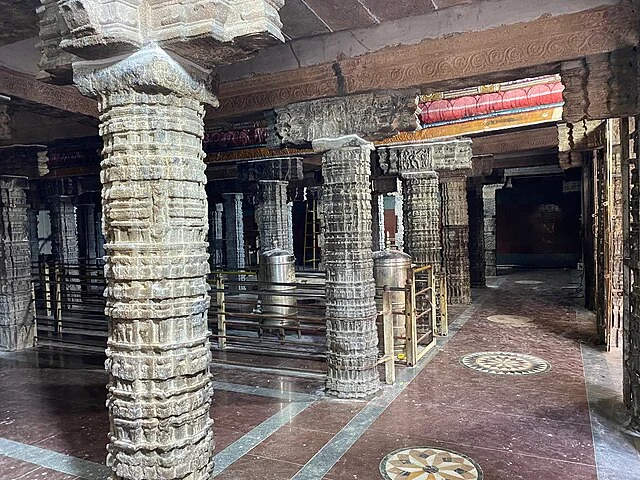
Kampaheswarar Temple dates back to the Chola dynasty, specifically to the time of Kulothunga Chola III (reigned AD 1178–1218). Kulothunga Chola III is credited with building the temple, as indicated by inscriptions on the temple walls. These inscriptions reveal valuable information about temple donations, land grants, and the Chola administration. The Cholas, known for their temple-building prowess, contributed significantly to Tamil Nadu’s architectural heritage. This temple was part of their larger religious and cultural agenda to promote Shaivism, the worship of Shiva, across their empire.
Architectural Features
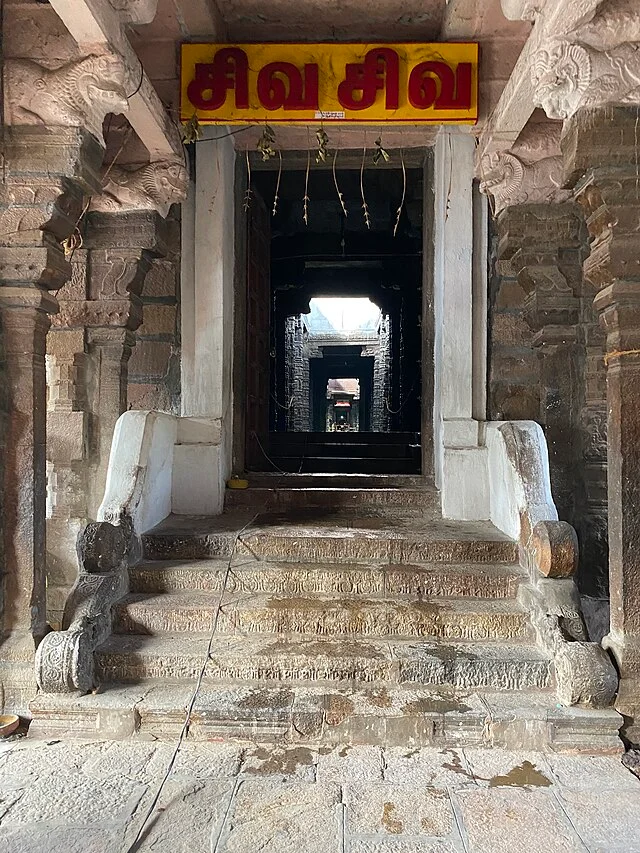
The Kampaheswarar Temple showcases typical Chola architectural elements while incorporating unique features that make it distinct. The temple’s structure is designed according to traditional Dravidian style, marked by towering gateways (gopurams), intricate carvings, and a spacious courtyard. The primary shrine, or garbhagriha, houses a linga, representing Lord Shiva. The temple’s main deity, Kampaheswarar, derives his name from the Tamil word kampam, meaning “tremor” or “fear,” referencing the belief that the deity can protect worshippers from fear.
The temple’s vimana, or tower above the sanctum, reaches about 120 feet and is adorned with intricate sculptures depicting scenes from Hindu mythology. This level of detail is common in Chola temples and demonstrates their high level of craftsmanship. The outer walls of the temple also contain smaller shrines dedicated to other deities, including Parvati and Ganesha, allowing devotees to worship multiple deities within the same complex.
Sculptural Excellence
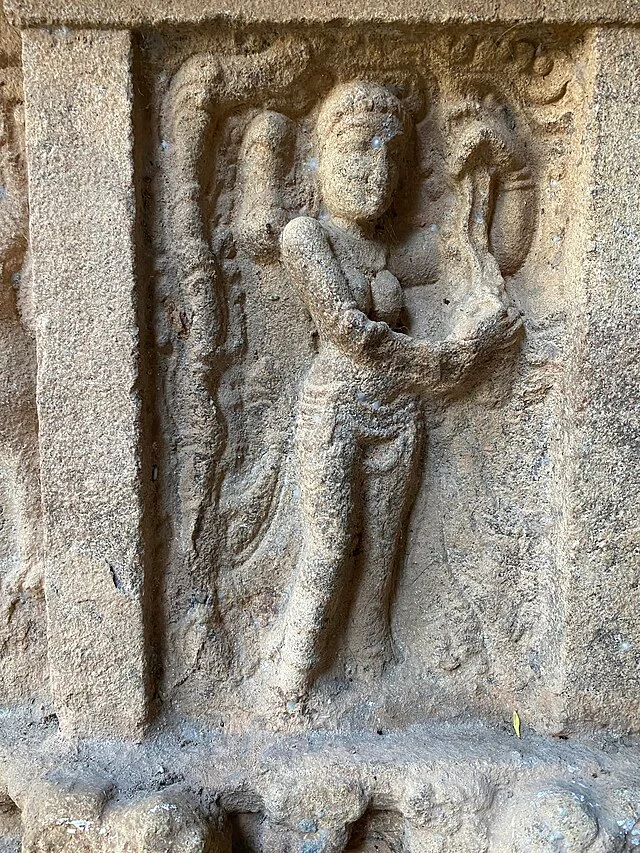
One of the most remarkable features of the Kampaheswarar Temple is its detailed sculptural work. The temple’s outer and inner walls contain sculptures that depict episodes from Hindu mythology, including stories from the Ramayana and Mahabharata. Among these, the depiction of the marriage of Shiva and Parvati stands out for its intricate detail. Each figure in this scene is carved with careful attention to facial expressions, attire, and postures.
The temple’s pillars, another prominent feature, are adorned with various deities and mythical creatures, including yalis (mythical lion-like creatures). The yalis serve both decorative and symbolic purposes, often representing protection. The use of these figures in temple architecture reflects the symbolic emphasis on divine protection and strength in Hindu beliefs.
Religious Significance
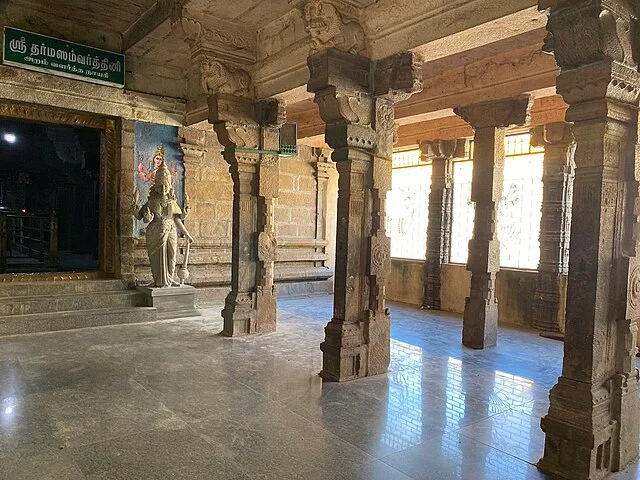
Kampaheswarar Temple is not only an architectural masterpiece but also a significant religious site for Shaivite worshippers. Devotees visit the temple to seek blessings from Lord Kampaheswarar, whom they believe can dispel fear and offer protection. According to local legend, Lord Shiva took on the form of Kampaheswarar to save a king from a recurring nightmare. This legend contributes to the temple’s reputation as a place where devotees can seek relief from fear and distress.
Festivals such as Maha Shivaratri are celebrated here with great fervor, drawing large numbers of devotees. During these festivals, rituals, and processions emphasize the cultural importance of the temple within the local community.
Inscriptions and Epigraphy
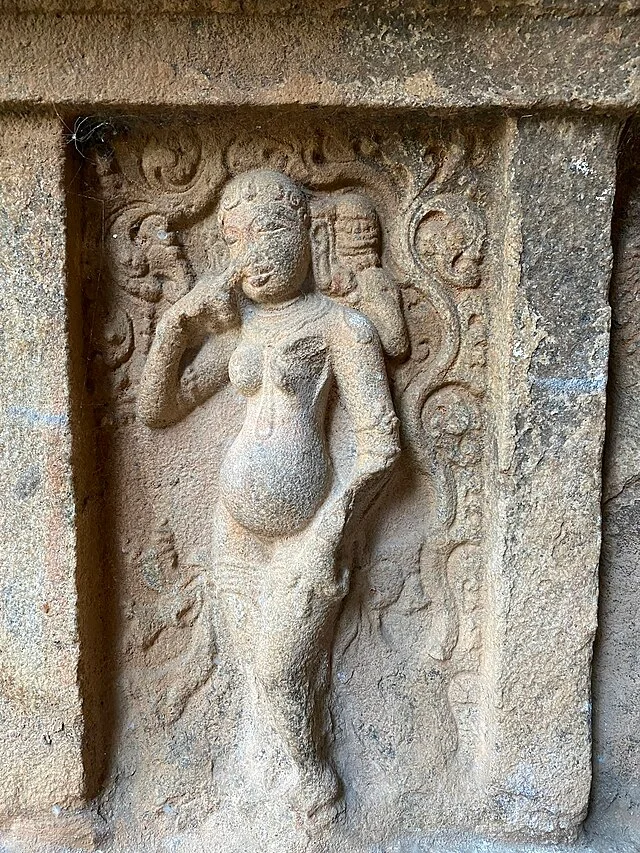
The Kampaheswarar Temple is also known for its inscriptions, which provide essential information on the history, culture, and economy of the Chola period. The temple walls feature inscriptions in Tamil, detailing the donations made by kings, queens, and other benefactors. These inscriptions often list donations of land, livestock, and precious metals made to the temple, highlighting the economic role of temples in the medieval Chola kingdom.
These records also mention various festivals and rituals performed at the temple, offering a glimpse into the religious practices of the time. The detailed nature of these inscriptions makes the temple an invaluable source for historians and archaeologists studying the socio-economic and religious aspects of the Chola period.
Preservation Efforts
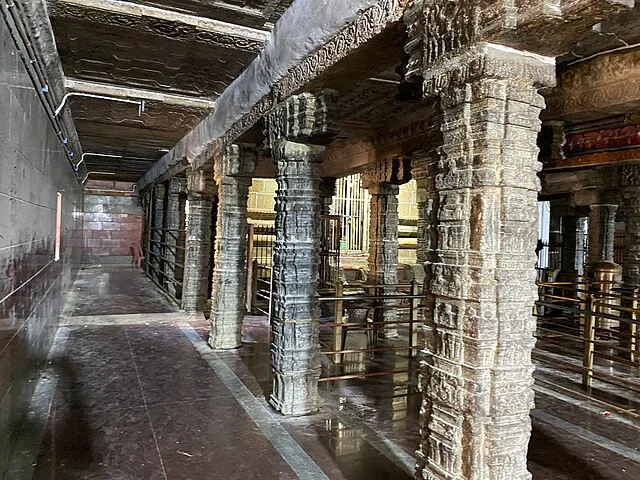
Over the centuries, Kampaheswarar Temple has undergone several restoration and preservation efforts to protect its structure and artwork. The Archaeological Survey of India (ASI) currently oversees the maintenance and preservation of the temple. ASI’s efforts focus on protecting the original architecture and artwork while ensuring that the temple remains accessible to both worshippers and visitors.
Conclusion
Kampaheswarar Temple exemplifies the architectural and spiritual heritage of the Chola dynasty. Its intricate carvings, towering vimana, and significant inscriptions offer a rich resource for understanding South Indian temple architecture and religious practices during medieval times. As an enduring center of worship and cultural importance, the temple remains a vital link to Tamil Nadu’s historical legacy. For historians, researchers, and visitors alike, Kampaheswarar Temple provides a window into the artistic, religious, and social fabric of the Chola period.
Source:

